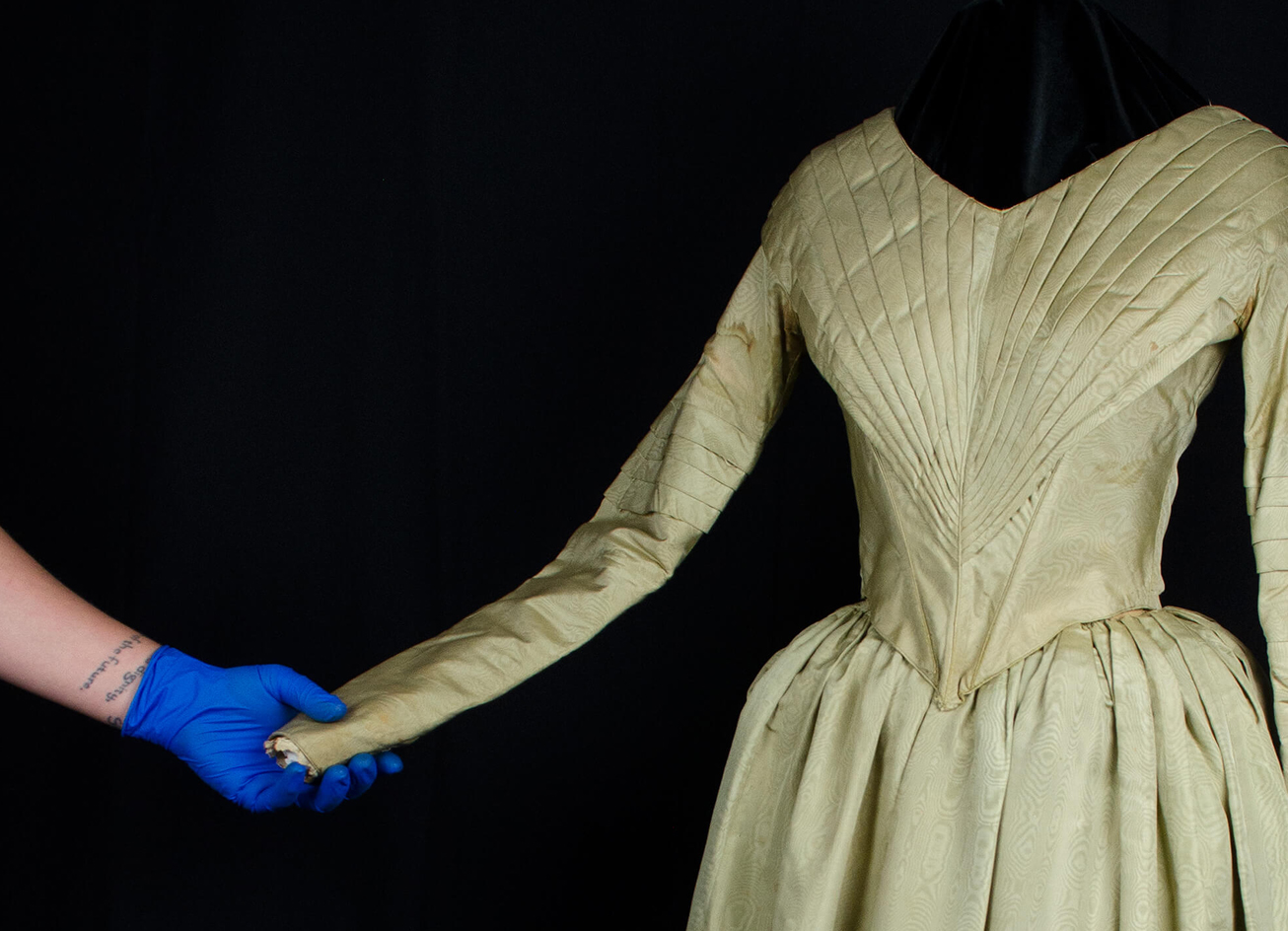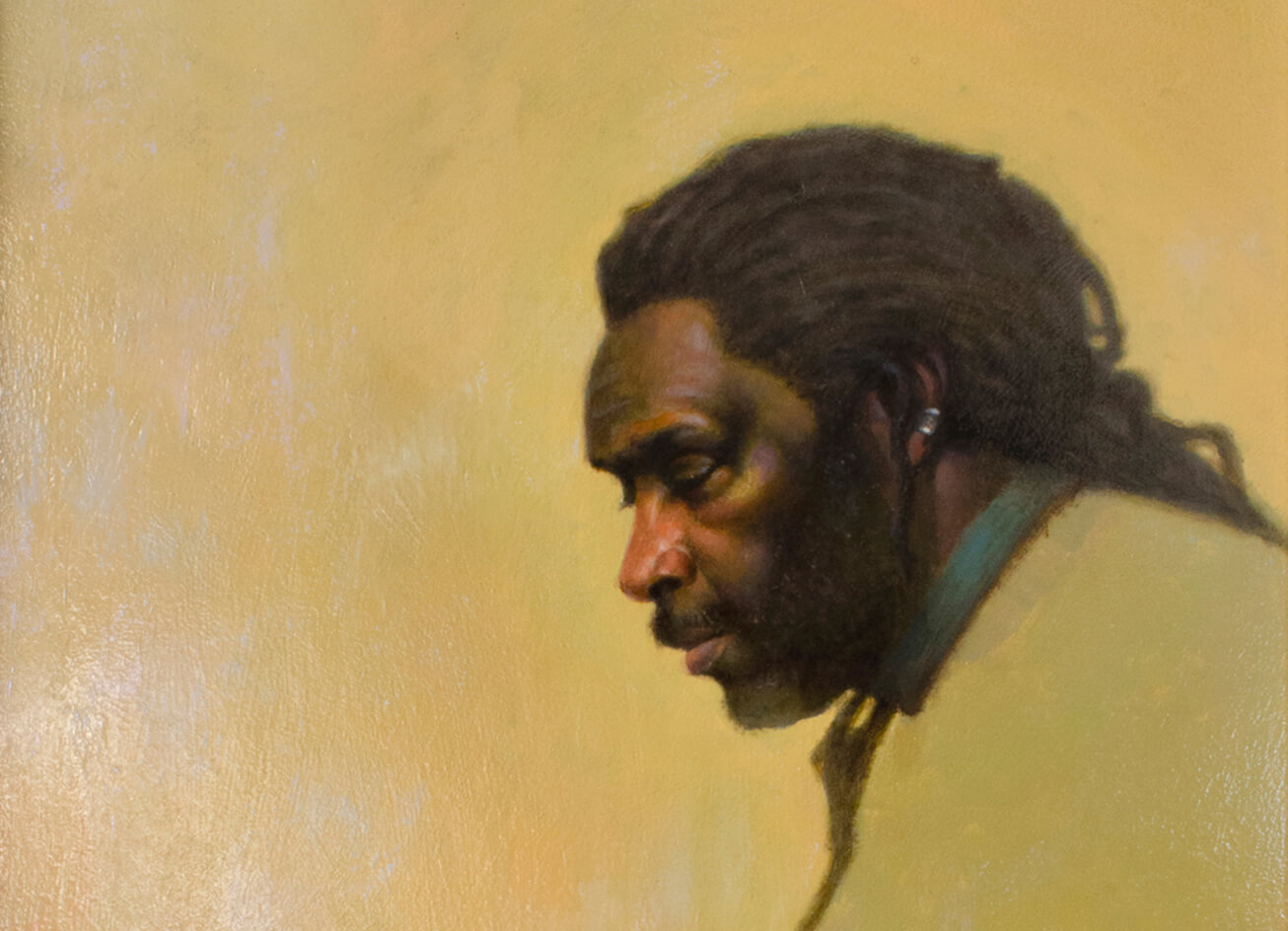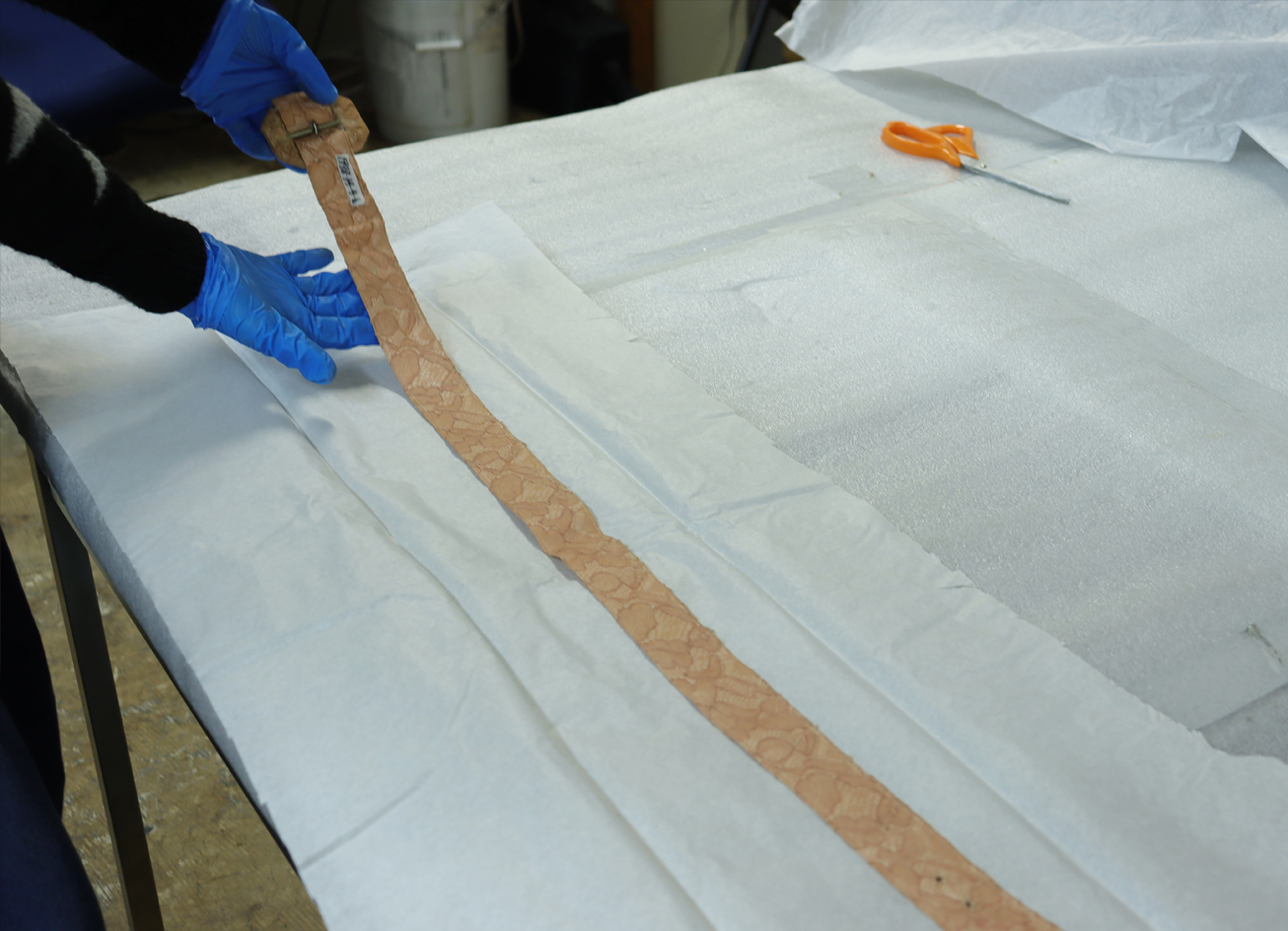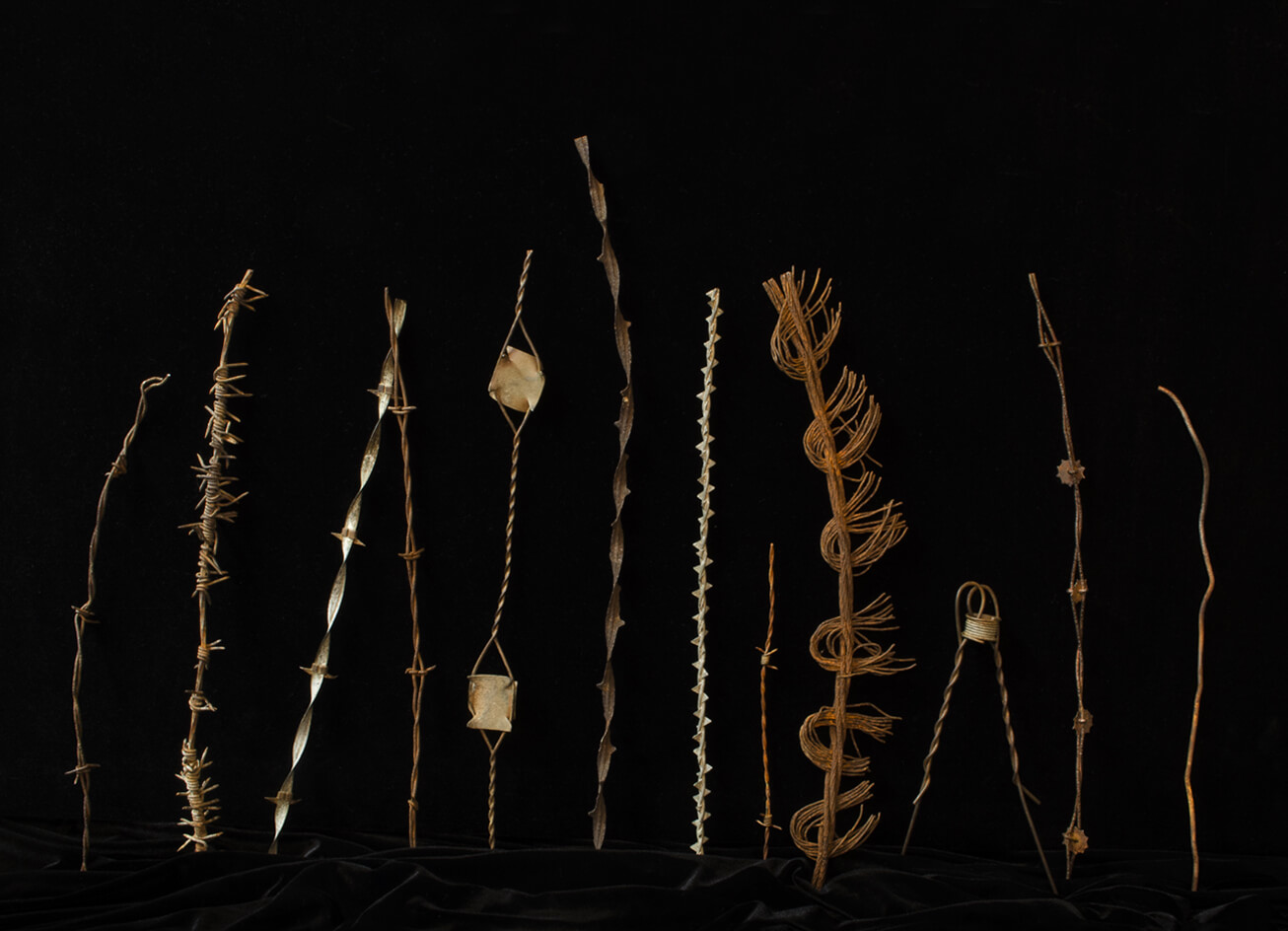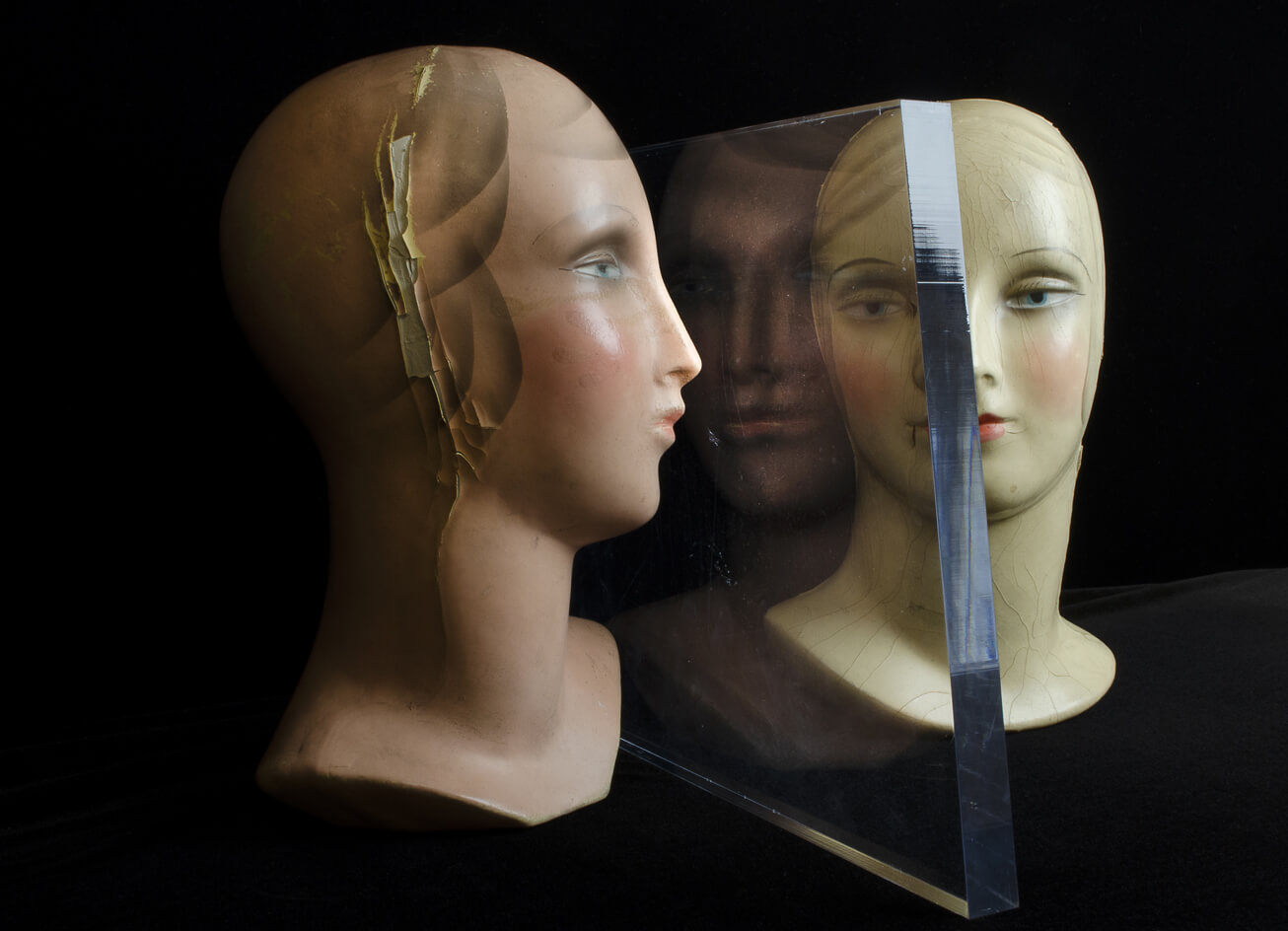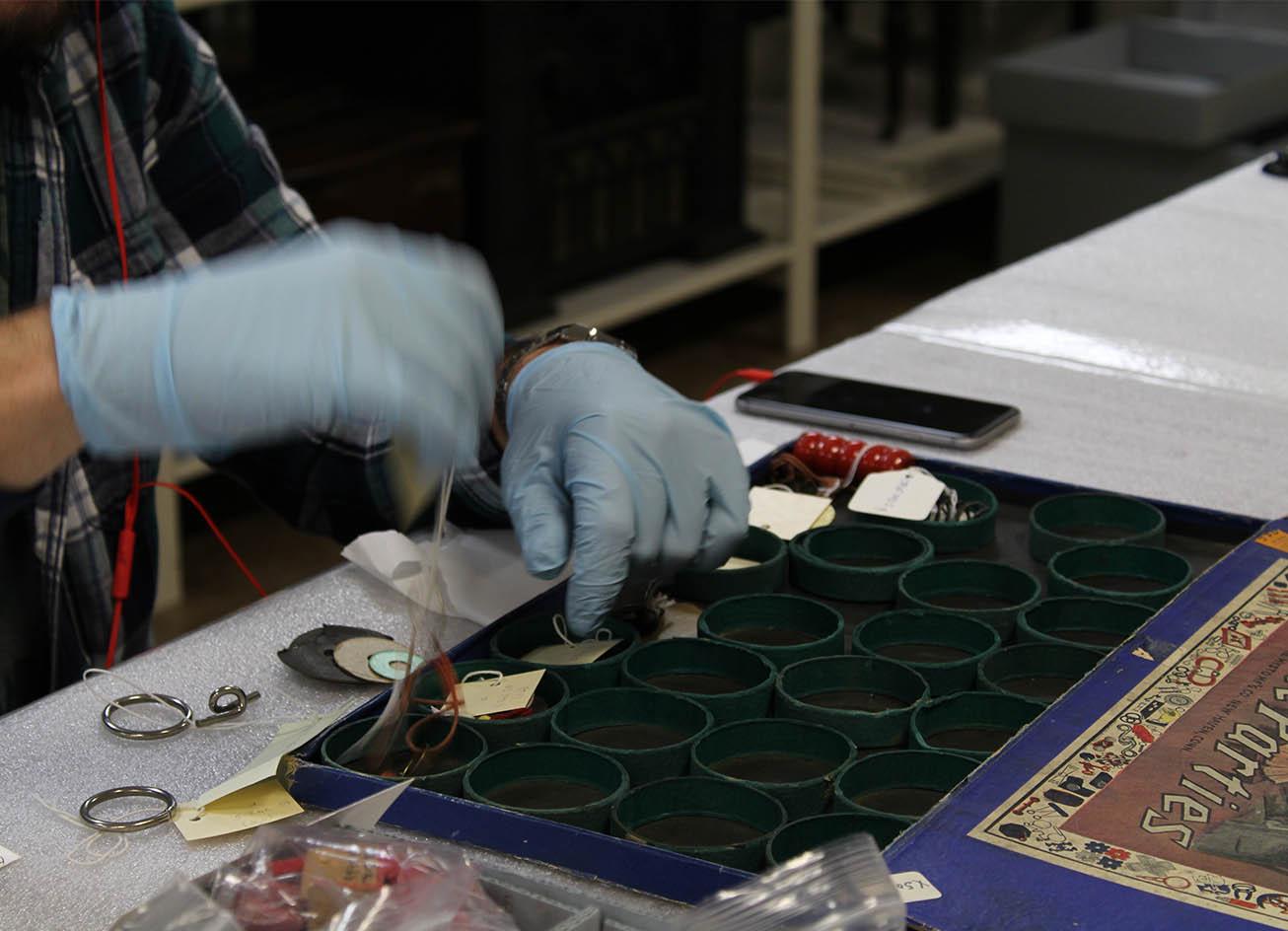The Reece Museum currently houses approximately 22,000 artifacts that tell the story of Appalachia at a regional, local, and global level. The artifacts in the Reece Permanent Collection represent a broad and eclectic range of artworks and historically significant items which the museum continues to collect in support of its mission.
If you are interested in researching a specific artifact, artist, or collection, please submit a research request form. These forms can be found by clicking "Research Request" under the "Collections" drop-down menu on the left side of our webpage or clicking here.
Please visit our Collections Portal to view objects from our permanent collection.
The following is a brief scope of our Permanent Collection:
o Academic Art: Fine artworks that exemplify the influence of European academies of art acquired primarily between 1966-1984.
o Agricultural and Industrial Materials: Agricultural and industrial tools, ranging from farming equipment to communication technology.
o Appalachian Art and Artists: Fine art, folk art, crafts, naïve or outsider art, and collectors that represent and/or contribute to the expression of Appalachian culture. Example subcollection include the Museum’s Grey & Linda Carter Collection, Local Art in the Age of the 2020 Global Pandemic Special Collection, Sammie L. Nicely Collection, and subcollections of artworks created by ETSU staff, faculty, and students.
o Early Ethnographic: Early student collection that began in 1928 and includes artifacts collected by the ETSU library prior to the dedication of the Museum in 1965. Subcollection examples include the Museum’s Ackermann Collection, Red Ledger Collection, and (TR)1965 Collection.
o Furniture and Built Environment: Large pieces of furniture including chairs, tables, and cabinets, in addition to built environment artifacts such as doors, windows, and architectural artifacts.
o Local History: ETSU history and its surrounding community. Subcollection examples include the ETSU Memorabilia Collection, Mountain Dew Collection, Quillen Collection, Reece Collection, and Suffrage in Southern Appalachia Collection.
o Music: Instruments, vinyl records, and artworks that depict the influence of music.
o Print Media: 2D-printed materials that are not categorized as artworks, such as documents and brochures. Subcollection examples include the Maxwell Collection, Reece Collection, Quillen Collection, and Suffrage in Southern Appalachia Collection.
o Religion and Sacred Artifacts: Religious and/or sacred artifacts, in addition to artworks depicting religious references or carrying religious significance. Subcollection examples include the Barham Dali Collection and Sammie L. Nicely Collection.
o Textiles: Textile artifacts such as beddings, flags, and household textiles, in addition to all clothing and fashion accessories in the collection, and tools used to produce textiles of all kinds. Many of these pieces are functional in nature, depicting the stylings and/or purposes of regional clothing and textile materials during the nineteenth, twentieth, and twenty-first centuries. Subcollection examples include the Gump Family Collection, Harris Family Collection, and Faulkner Sisters Collection.
o Toys, Sports, and Games: Recreational artifacts, such as toys, dolls, games, and sports balls. Subcollection examples include the ETSU Memorabilia Collection and the C.E.C Britton Collection.
o 3D Works: 3D artworks such as ceramics, sculptures, and mixed media 3D pieces.
 Water Leak Investigation and ...
Water Leak Investigation and ... 